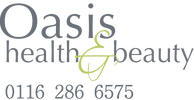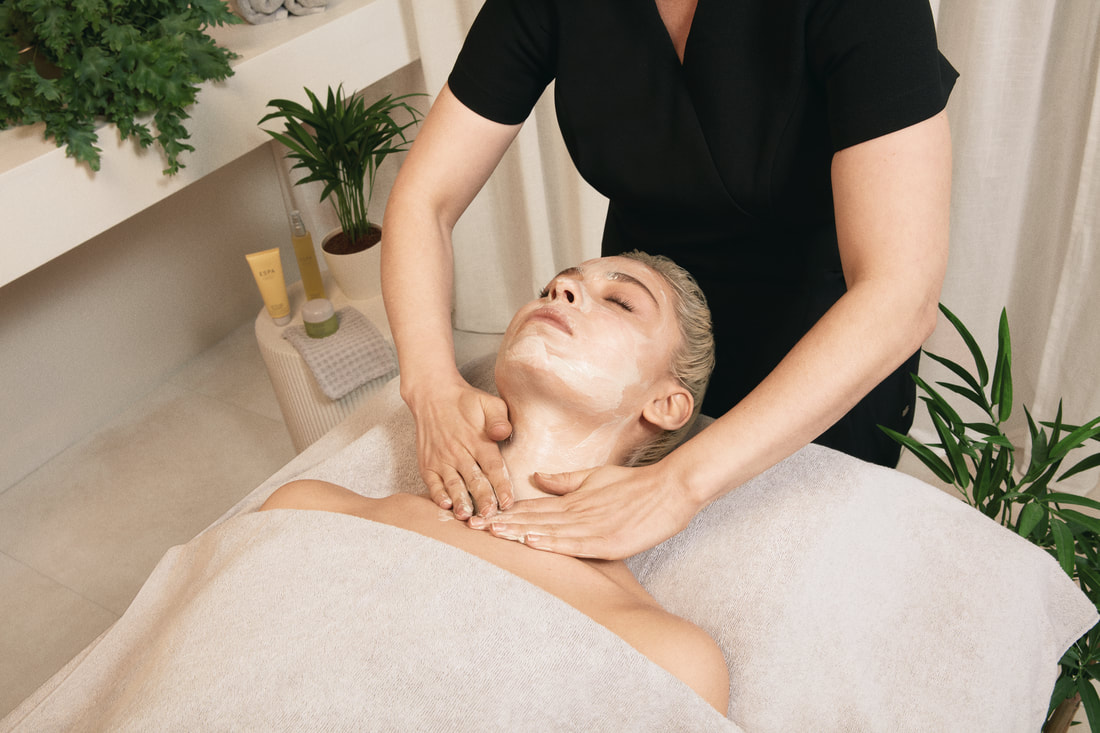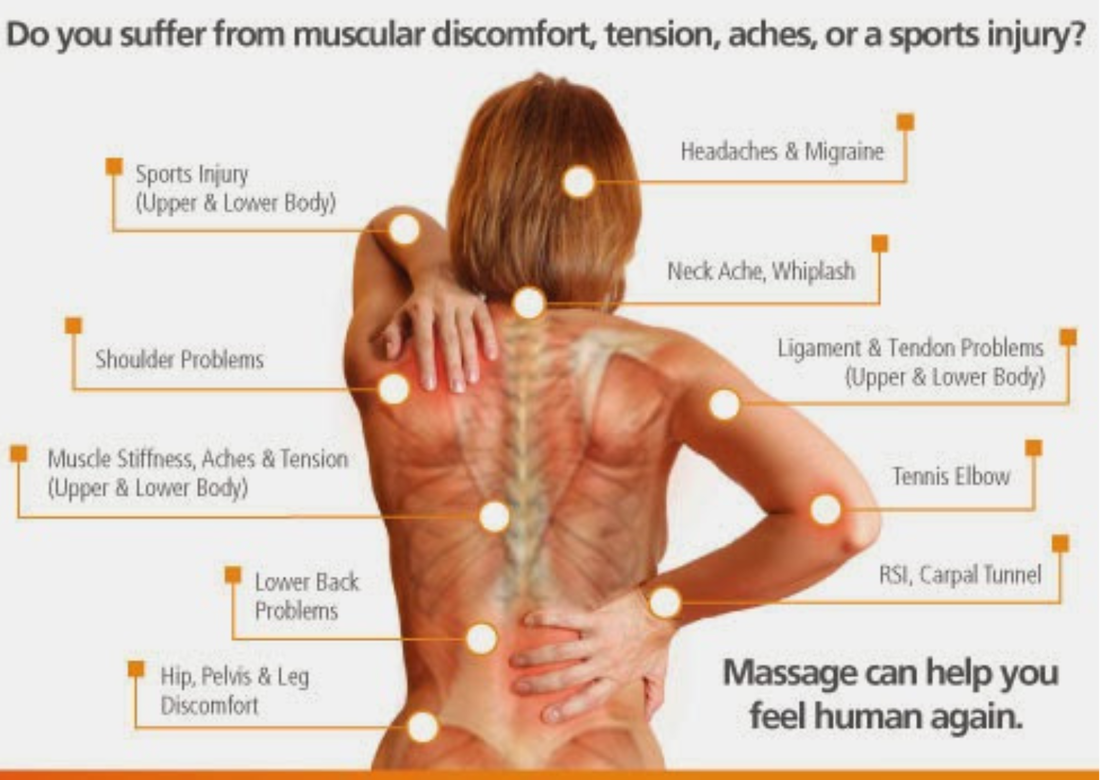Fat Dissolving - Is it for me?
|
Aqualyx & Lemon Bottle at the Coach House Clinic
Fat Dissolving has arrived at our sister clinic! We are offering both Aqualyx AND Lemon Bottle treatments at the Coach House... but we all know how we feel about new treatments... is it safe? does it work? is it painful? So take some time to read through this blog to find out all the FAQ's about fat dissolving! Firstly, what is it? Our genetics and the structure of fat cells make certain areas of the body prone to stubborn fat that as we age becomes even more difficult to shift. The fat dissolving formulas are specially formulated water-based compound solutions injected into these areas, containing plant polymers and desoxycholic acid to rupture fat cells. This liquified fat is then naturally flushed out naturally by your lymphatic system - permanently reducing fat deposits! Is it safe for me?
Aqualyx & Lemon Bottle injections are suitable and popular with both men and women, of all adult ages. Especially those who maintain a healthy lifestyle through exercise and diet, but just have these stubborn fatty areas they can't get rid of. If you are pregnant, breastfeeding or have health conditions such as lipodystrophy and pathological conditions like auto immune diseases, the injections are not suitable for you. But this will be discussed during your consultation before any treatment begins. |
How does it work?
The injections liquefy targeted fat cells and then they remove themselves from the body as waste. Small areas like double chins and jowls are easily treated. To get faster results you can combine your treatment with lymphatic drainage which helps to speed up the process! This form of massage therapy helps to disperse the solution in the treated area faster. How long does it take to see results? Your results will typically appear within 3-6 weeks and should improve after each session. It is suggested to have 3-6 sessions depending on each individual patient, spaced around 3-4 weeks apart. But you must follow the aftercare advice and maintain a healthy lifestyle to prevent any new fat build up! More importantly, does it hurt? Fat dissolving is a non-surgical treatment with minimal downtime. So expect swelling, redness and tenderness for a few days and slight bruising for a little longer BUT pain is minimal due to a little anaesthetic mixed in to the solution AND it's over and done in as little as a lunch break! We will discuss your needs, concerns and expectations during your consultation. Contact us at Via Oasis to arrange your appointment now on 0116 2866575 How much will it cost? Starts from £70 for the chin area up to £225 for larger areas - Book a course for excellent savings and JUNE OFFER all Course receive a Complimentary Lymph drainage Treatment - Hydrafacial A1 or Hands on. |
Have you heard of lymphatic drainage?
|
What are the symptoms of a poor lymphatic system?
-Swelling in areas such as arms, legs, hands or feet which can affect mobility. -Swelling other areas such as the chest, breast, shoulder, face & groin -Pain & changes in feeling/sensation -Feeling of heaviness -Difficulty fitting in your clothes Here are some of the conditions that can benefit from lymphatic drainage massage... -Rheumatoid arthritis -Fibromyalgia -Chronic venous insufficiency -Lipedema Though lymphatic drainage was more traditionally used to treat the above side effects, in more recent years it has been introduced into facials as a weapon against puffy, dull and ageing skin.. helping to improve complexion and skin irritation, even in some cases lifting and tightening without the need for a facelift!!!! WOW. |
What is it? "Lymphatic Drainage" you say.. "Why do I need that?" Well, let me tell you, there are many reasons why you need lymphatic drainage in your life! Lymphatic Drainage Massage is a form of gentle massage that encourages the drainage of lymph nodes and the movement of lymph fluids around the body... The fluid in the lymphatic system helps remove waste and toxins from the body tissues, some of which are brought on by health conditions that cause the build up of lymph fluid. These types of lymphatic massage can benefit those with lymphedema, fibromyalgia amongst many others! What is lymphatic drainage massage used for? Also known as manual lymphatic drainage, this type of treatment is a gentle form of massage used to relieve painful swelling throughout the face and body. 'Lymphedema' happens when your tissues retain fluid left behind after the cardiovascular system sends blood to your organs. That fluid remaining is called Lymph! Normally, your lymphatic system collects the lymph and returns it to your heart via a network of vessels and lymph nodes. However, if something disrupts this process, the lymph collects in areas around the body, which can then cause swelling. Therapists use lymphatic drainage massage techniques to move this left over lymph to the lymph nodes, to help ease the swelling... super clever! Massaging an area without swelling will make space for fluid to flow to those parts of the body that are more congested. There are two types of drainage: Manual - A qualified therapist will perform this Simple - Simple lymphatic drainage is a technique that you can do yourself at home! Anyone planning on learning simple lymphatic drainage should do so from a trained specialist. It is extremely important you know which area to massage, what direction and how much pressure to use... How often should I get one!? Depending on the severity of the symptoms, your suggested treatment plan may be daily over a few weeks and become less frequent as time goes on and your symptoms improve. If you can, scheduling a massage every couple of weeks would be really beneficial to your body and mind, as body massage can have many positive changes to your lifestyle... reducing stress, removing toxins and negative energy, aiding sleep and of course relieving you of aches and pains brought on from health conditions, as well as daily life! When was the last time you had a massage?? |
*New* The Lowdown on the Menopause...
|
The World Health Organisation (WHO) and the International Menopause Society designated October as the world's Menopause Month! So here we are to talk about the trials and tribulations of puberty's evil older sister!
One in 100 women experience menopause symptoms earlier than age 40, though the typical age for peri menopause is actually between 45 and 55 years of age. The most commonly talked about symptoms include a low mood and night sweats, but there's so much more to menopause than hot flushes!! Check out these strangely less obvious ones... Smell & Taste - Food can taste bland, cravings for sweet things, nose like a bloodhound (especially bad smells) Psychology - Low self esteem, lack of joy, loss of confidence, feeling isolated & alone Mental Health - Disordered eating, OCD, panic attacks, rage Body - Stubborn weight around the middle, increased breast size, sagging skin, inability to lose weight, more UTI's/thrush Skin & Hair - Itchiness, dryness, more sensitivity, hair loss, acne, rosacea, lumps & bumps, electric shocks Yes, these too - Pins & needles, clumsiness, aversion to loud noise, itchy ears & a sore tongue, crawling sensation under the skin Have you experienced any of these symptoms? |
As we move into the peri menopause stage, oestrogen levels begin to change your skins physiology. Lower oestrogen and progesterone production can all increase your skin's ageing process.. but do not despair! Help is out there!
Not only can we use the beauty industry to improve the look and feel of your skin using the highest quality and latest technologies, we can also improve your wellbeing from the inside out through a variety of treatments, such as: Indian Head Massage, Reflexology, Body Massage and Pressure point Facials. Oasis holds over 25 years experience working alongside medical practitioners, skincare specialists, acupuncture & holistic therapists, which allows us to offer solutions to help with a variety of menopausal symptoms like the ones listed above. - October 2023 |
Remedial Massage - is it for me?
|
Remedial massage is designed to balance muscle, soft tissue length, tension and tone which will then promote the return of normal joints, ligament & bone position, increase the flow of blood and lymph (particularly in injured areas) helping to remove blockages, damaged cells, scar tissue and adhesions from injury.
Remedial massage treatments can reverse certain physical effects a client may be experiencing. For example, if a client has suffered an injury that’s resulted in soft tissue pain and/or loss of function, then remediation is used to reduce or remove pain and restore that lost function! It’s a safe and effective treatment that can benefit anyone & everyone! People of all ages and conditions. There are few risks when receiving treatment from a trained therapist, who will always take more precautions with clients who have certain health conditions such as: Pregnancy, bleeding disorders (as blood platelet counts tend to be lower), clients who take anticoagulants or blood thinners, anyone with weak areas of skin such as wounds or sores and cancer or tumours - unless they have been given written consent from their health care provider. But this will all be discussed before your treatment as part of our therapist assessments and client health questionnaires.. Remedial massage is the future! |
What happens during a remedial massage?
Our remedial specialists have a broad knowledge of anatomy, physiology and pathophysiology which they use to determine a clients treatment needs. That treatment plan will be based on best practice principles, and before each session begins the therapist will perform an assessment to gain helpful information on both past and present injuries & treatments to ensure the client gets the most out of their current appointment. Our aim is to find & treat the cause of the problem as well as the symptoms. Specialised deep tissue techniques are then used to focus on the deeper layers of muscle tissue. This releases the acute or chronic patterns of tension in the body through direct deep pressure and slow strokes on the contracted areas, either following along the fibres of the muscles or tendons, ligaments and around the joints. How does it differ to other massage therapies? Massage therapy is a general term we use for the application of manual movements to move or stretch the muscles, tendons, ligaments and other connective tissues around the body! A massage therapists main goals are to provide relief, remedy and relaxation for clients. A remedial massage is however, more specific to a certain focus point - it’s the methodical assessment and treatment of the body that also aids in rehabilitation and management of pain or injury on any body part! It’s more specific and heavily backed by the science of the human body and how it works… clever stuff! Remedial massage is one of the most effective and valuable ways to treat muscle injuries, pain and discomfort. What are the benefits of remedial massage? Remedial therapy, although common in relieving a wide range of longstanding muscle and joint conditions, can also just be used for clients to relax and unwind - including to help manage physical, mental and emotional problems. There is a lot of supporting evidence to suggest that massage is effective in helping to treat chronic conditions like fibromyalgia and CLBP persistent lower back pain. Guidelines produced by NICE (National Institute for Health & Clinical Excellence, recommends massage therapy for early management of specific lower back pain. Additional benefits include reliving headaches with manipulation of head and neck muscles, reduction in abdominal or pelvic pain caused by adhesions in the stomach muscles, reduction in sciatica pain and other back stiffness as well as reducing muscular tension and improving movement. the well known benifits where improving blood flow, muscle balance, tissue oxygenation and removal of metabolic waste all promote faster healing! Enhanced wellbeing can be achieved with therapeutic efflurage which is known to reduce anxiety, promoting a more positive psychological state. All of these benefits are well supported by a growing body of International clinical research has concluded that 47% off people with back pain use and benifit from Soft tissue massage and remedial manipulation. The benifits of Massage post surgery or to aid indjury recovery. Other well known conditions can be helped such as circulatory issues, lymph oedema, neurological disorders and auto immune conditions. See live blog -Sept 23 |
Drug free pain relief
|
Let's start at the beginning. Most back and joint pain is from bad posture, repetitive strain, stress, anxiety and even headaches! The list goes on... all of the above pain is managed by giving you medication in the form of opioids, which can become highly addictive. After a month or so of use these forms of pain relief require higher and higher levels to achieve the same reduction in pain that you were experiencing when you first started taking them. These drugs used for pain relief will only ever mask the underlying issue, they will never correct what the cause of the issue is!
Medical attention and a diagnostic assessment with a professional is wise as it's not a good idea to leave body pain untreated - this can make it worse and a lot harder to correct or improve. At Oasis we hold over twenty years experience in massage therapies and can help you understand what may be causing the problem. Many physiotherapists are excellent with long term issues and diagnosis, but offer very little massage after their diagnosis... Most often only hands on massage therapies, manipulation or acupuncture can help realign and even correct many of the conditions causing you pain. It's dangerous to do nothing, and we highly recommend that you don't rely solely on the drugs prescribed to you that disguise the underlying issue! Access to prescription opioids and to heroin have contributed to the current opioid epidemic. According to the American Medical Association, upto 19% of people who take prescription drugs become addicted to them. Some of the most addicted painkillers available in the UK today include fentanyl, oxycontin, hydrocodone and morphine. |
What is an opioid?
Opioids are substances that produce morphine-like effects on the body. Medically, they are used for pain relief, including anaesthesia. Prescription opioids like methadone and oxycodone are used mostly to reduce moderate to severe pain, though some are used to treat coughing and other milder illnesses. People can easily misuse prescription opioids by taking them in a way other than prescribed, by taking someone else's prescription or taking it specifically to "feel good" or get high! What's the down side of taking opioids? The most common short term side effects of taking opioids (whether they are prescribed or not) include nausea, vomiting, constipation, dizziness, dry mouth or sedation. Long term side effects can include bone fractures, breathing problems during sleep, hyperalgesia, immunosuppression, bowel obstruction and tooth decay. What alternative therapies are there? A growing body of evidence supports that complimentary treatments like acupuncture, massage and other types of holistic therapy, hypnosis, meditation and even yoga can help to manage some painful conditions such as back, leg & neck pain, headaches and repetitive strain injuries amongst many others! -July 2023 |


















